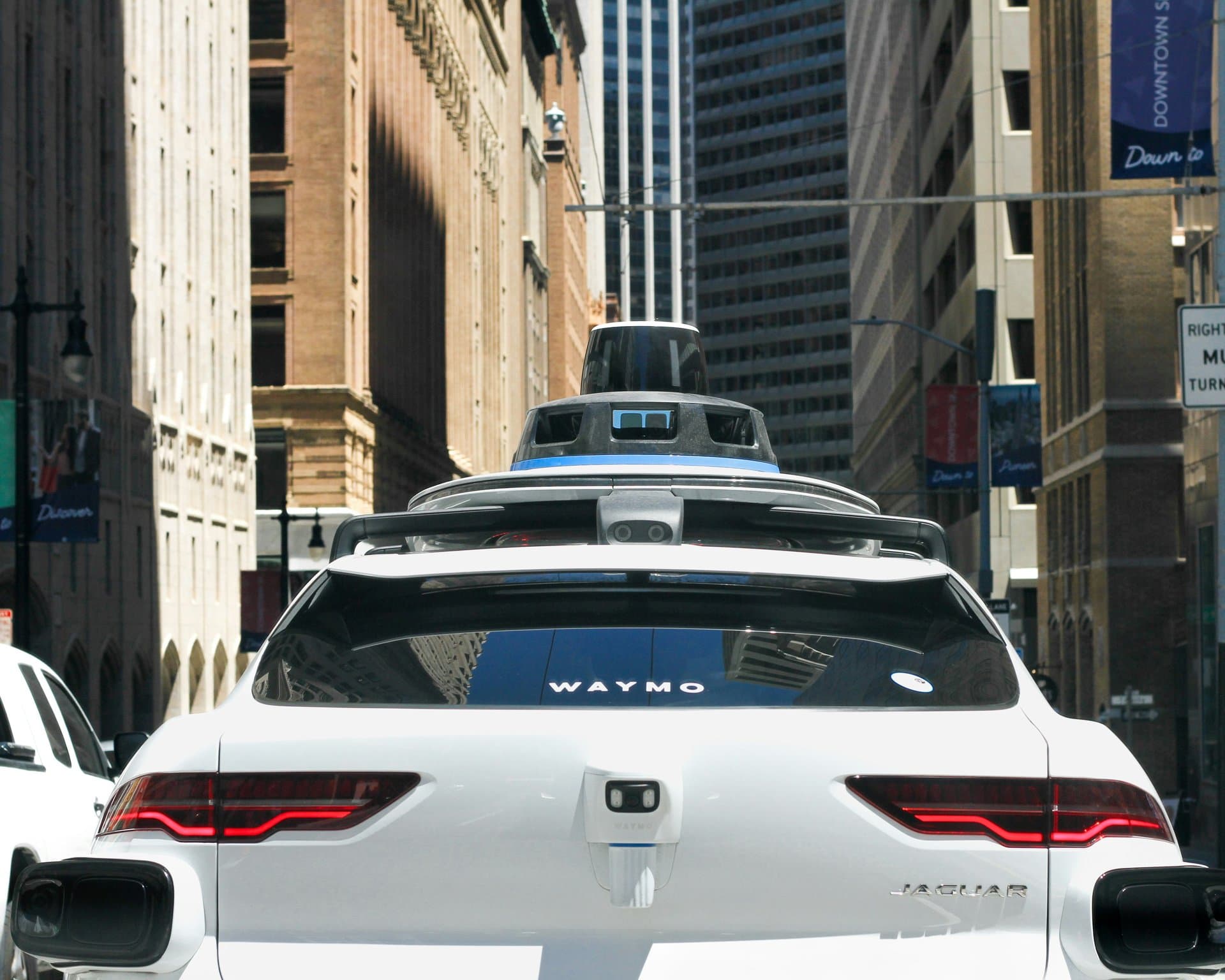Mastering the Waymo Robotaxi Revolution: 5 Key Insights for 2025
Explore how Waymo’s autonomous robotaxi technology is reshaping urban transport in 2025, driving exponential growth, safety leadership, and market dominance in the self-driving car industry.

Key Takeaways
- Waymo leads the autonomous vehicle market with unmatched safety and technology.
- Robotaxi rides have surged from 10,000 weekly in 2023 to over 250,000 in 2024.
- Waymo’s sensor suite and AI create a ‘New York cab driver energy’ for assertive yet safe driving.
- Competitors like Uber, Lyft, and GM have exited, leaving Tesla as the main rival.
- Waymo’s $5.6 billion funding reflects strong investor confidence despite current losses.

Imagine stepping into a car with no driver, yet feeling as safe and comfortable as in a traditional taxi. By 2025, Waymo, Alphabet’s self-driving car pioneer, has transformed this vision into reality, dominating the autonomous vehicle and robotaxi market. From Chandler to San Francisco, Waymo’s robotaxis have shifted from a tech novelty to an everyday ride, logging over 50 million driverless miles and serving millions of passengers. This article dives into five key insights about Waymo’s technological edge, rapid growth, competitive landscape, and future outlook. Buckle up as we explore how Waymo is steering the future of urban transport and what it means for riders and investors alike.
Harnessing Cutting-Edge Technology
Waymo’s secret sauce lies in its technological prowess. Picture a car equipped with 29 cameras, multiple lidar sensors, and radars, all orchestrated by the Waymo Driver AI. This isn’t just tech for tech’s sake—it’s a finely tuned system that navigates the chaos of city streets with a blend of caution and assertiveness, earning the nickname “New York cab driver energy.” This means the robotaxi isn’t timid, but it’s never reckless, striking a balance that passengers find reassuring. The all-electric Jaguar I-PACE, one of Waymo’s flagship vehicles, handles every twist and turn autonomously, making the ride so smooth that riders often forget there’s no human behind the wheel. This sophisticated sensor suite and AI integration set Waymo apart in a crowded field, proving that advanced hardware combined with smart software is the winning formula for safe, reliable autonomous driving.
Riding the Wave of Rapid Growth
Waymo’s robotaxi rides have exploded from a modest 10,000 paid trips per week in August 2023 to a staggering 250,000 by mid-2024. This isn’t just growth; it’s exponential scaling in action. In San Francisco alone, Waymo cracked a million total paid rides in late 2023 and is on track to surpass 20 million fully autonomous trips by the end of 2025. This surge reflects a shift in human behavior—from skepticism to acceptance—as passengers increasingly choose driverless rides over traditional options. Wait times have shortened, fleets have expanded to over 600 cars in some cities, and the service now covers wider territories, including Silicon Valley. The robotaxi is no longer a novelty or a tourist attraction; it’s becoming a normalized, everyday mode of transport. This rapid adoption signals a tipping point where autonomous vehicles are moving from futuristic experiments to mainstream mobility solutions.
Navigating a Competitive Landscape
Waymo’s dominance hasn’t come without competition—and casualties. Major players like Uber, Lyft, and General Motors have abandoned or scaled back their self-driving car programs, leaving Waymo with a clearer path. Amazon’s Zoox remains a smaller contender, but the real rivalry is with Tesla. Tesla’s approach leans heavily on cameras and AI, skipping lidar to cut costs, while Waymo invests in a comprehensive sensor suite and human feedback loops. A recent head-to-head test in San Francisco highlighted these differences: Waymo’s robotaxi made safe, assertive decisions, while Tesla’s Full Self-Driving system ran a red light, underscoring Waymo’s current safety edge. Tesla plans to launch its robotaxi service soon in Austin, Texas, setting the stage for a high-stakes showdown. For now, Waymo’s first-mover advantage and proven safety record give it a significant lead in the race for autonomous ride-hailing supremacy.
Expanding Horizons and Market Reach
Waymo isn’t resting on its laurels. Beyond urban streets, it’s pushing into freeway testing in Phoenix and mapping new cities like Boston, Nashville, and San Diego. Partnerships, such as the one with Uber in Austin, Texas, are accelerating its footprint, with upcoming launches planned for Atlanta, Miami, and Washington, D.C. Even international data collection has begun in Tokyo. This expansion reflects a strategic, cautious approach—building on a solid safety record of over 50 million driverless miles, equivalent to circling the U.S. 20,000 times. The company’s ability to scale while maintaining safety is crucial for winning public trust and regulatory approval. As Waymo’s robotaxis become a fixture in more cities, the autonomous vehicle ecosystem is poised to reshape how millions commute, travel, and experience urban life.
Balancing Investment and Profitability
Behind Waymo’s technological triumphs lies a financial story of bold investment and ongoing losses. In 2024, the company raised $5.6 billion, signaling strong investor confidence in its long-term potential despite Alphabet’s “Other Bets” division reporting a $4.4 billion loss. This massive funding fuels research, fleet expansion, and regulatory navigation. CEO Tekedra Mawakana emphasizes prioritizing safety over cost, contrasting with Tesla’s leaner, camera-focused strategy. Elon Musk himself quipped that Waymo’s cars “cost way-mo money,” highlighting the expensive nature of their comprehensive sensor suite. Yet, this investment has translated into millions of safe, driverless miles and a growing user base. For investors and industry watchers, Waymo’s financial path underscores the high stakes and patience required to pioneer transformative technology that’s just beginning to reshape transportation.
Long Story Short
Waymo’s journey from a Stanford AI lab project to the undisputed leader in robotaxis is a testament to patience, innovation, and strategic expansion. Its sophisticated sensor suite and cautious yet assertive driving style have earned public trust and regulatory nods, turning driverless cars from sci-fi dreams into daily realities. While the competition narrows, with Tesla poised to enter the fray, Waymo’s extensive real-world experience and exponential ridership growth give it a commanding lead. For cities and commuters, this means safer streets and a new kind of freedom. For investors, it’s a story of bold bets and long-term vision. As Waymo continues mapping new territories and refining its technology, one thing is clear: in the world of self-driving cars, it’s Waymo’s world—we’re all just riding in it.